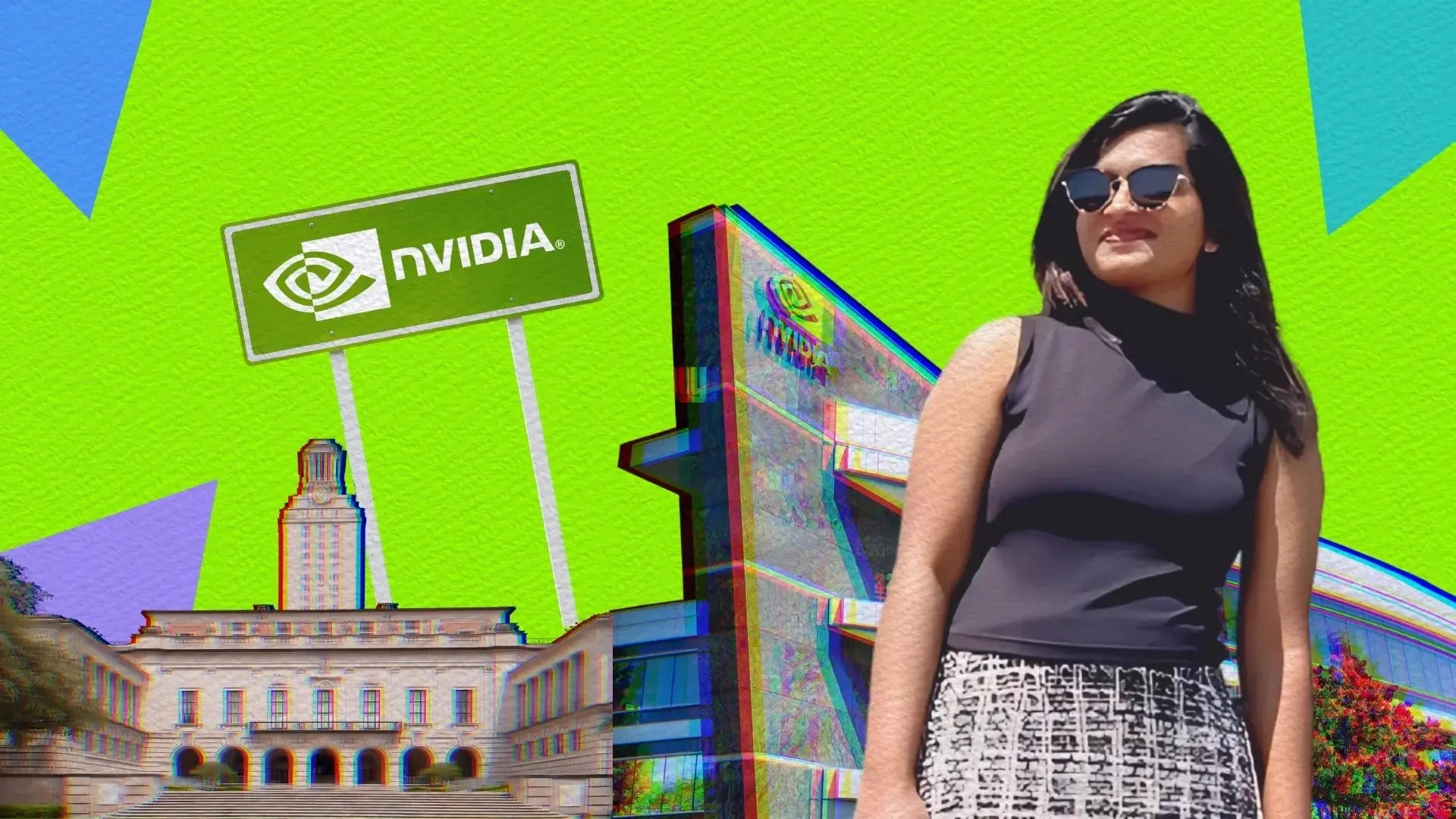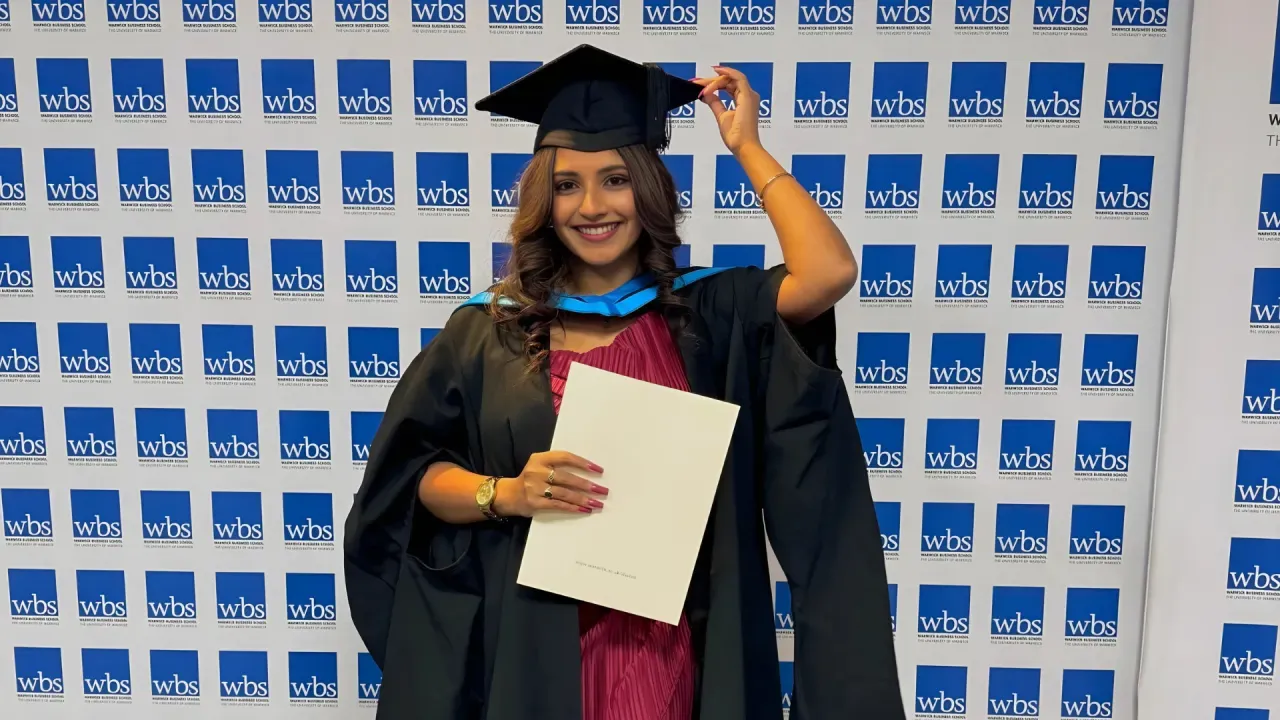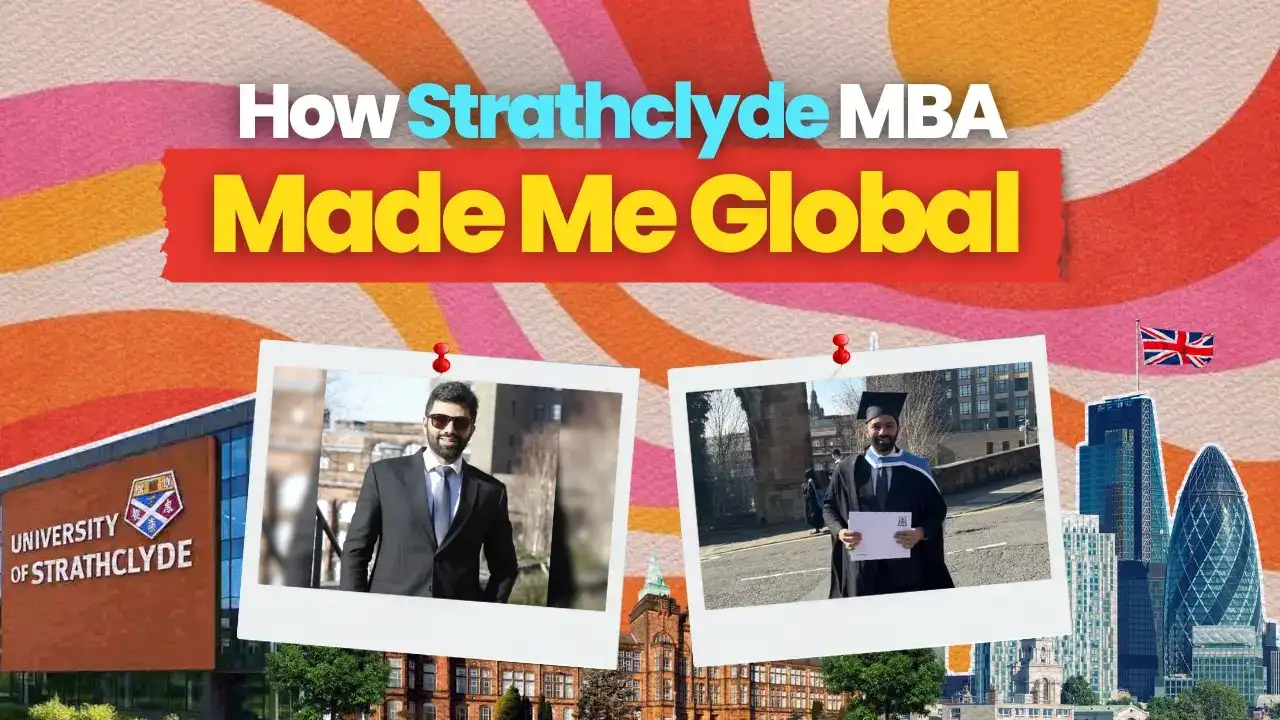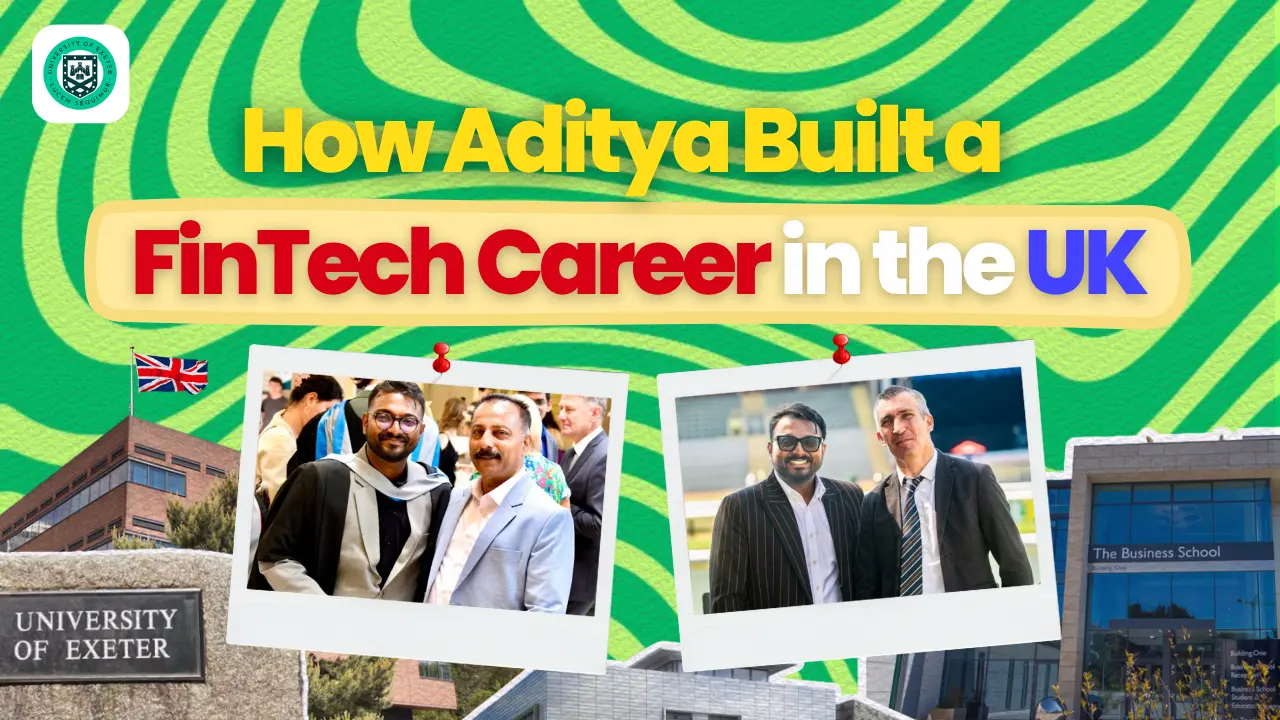Student Reviews
How a U.S. Master’s Led Nithyashree to NVIDIA

My name is Nithyashree Srinivasan. I work as a Senior GPU Performance Architect at NVIDIA. I completed my master’s in Electrical and Computer Engineering from the University of Texas at Austin. I spoke with Leap about my journey for their student expert series—Indians who had studied abroad recently and are still in that country pursuing their dreams— to assist others who wish to follow a similar career path.
Q. Tell us about your background.
I completed my undergraduate studies at R.V. College of Engineering. At first, I hadn't seriously considered pursuing higher education, as my primary focus was on entering the workforce. However, being surrounded by ambitious peers who aspired to more than just a job after graduation motivated me to explore further academic opportunities. After graduating, I joined Qualcomm in India, where I worked for three years. This experience gave me valuable insight into how large-scale tech industries operate, sharpened my technical and collaborative skills, and ultimately reinforced my decision to pursue a master’s degree at the University of Texas at Austin.
Q. Why did you want to study abroad? And why the US?
In India, I often felt that the undergraduate curriculum only scratched the surface, much like seeing just the icing on a cake. While there are a few universities that offer a rigorous academic experience, many programs lack the depth needed to truly challenge and develop students. That gap motivated me to pursue a master’s degree abroad, where I could engage more deeply with the subject matter.
The academic approach in the U.S. has been a stark contrast to what I was used to. From day one, you're expected to tackle complex projects independently, doing your own research, solving problems from the ground up, and managing everything yourself. That kind of ownership fosters a strong sense of accomplishment that’s hard to replicate in a more guided or structured system.
In my view, pursuing graduate studies in the U.S. offers a better return on investment, not just financially, but also in terms of career opportunities and the quality of work you get to be a part of. The breadth and depth of opportunities here are truly immense

Q. What was your student life in the US? How did you manage the transition?
The transition was far from easy. I broke down during my first semester. I simply wasn’t prepared for the level of intensity I encountered. It’s often said that the first semester is the hardest, and I found that to be absolutely true. The pressure was overwhelming, and not knowing how to manage it made things even more difficult. I quickly realized that the key to coping was learning how to balance my course load. I started choosing one difficult course, one moderately challenging course, and one lighter course each semester to create a sustainable rhythm.
Another aspect that helped was the collaborative nature of the program. Many projects are team-based, and you're not expected to do everything on your own. Working closely with lab partners and project groups taught me how to share responsibilities efficiently. If you build good rapport with your teammates, it becomes much easier to manage deadlines and maintain a healthy routine.
Social life also played an important role in helping me adjust. The university organizes various community events, including celebrations for festivals like Holi and Diwali, which helped create a sense of belonging. During the weekdays, most of your time is consumed by academics, especially when multiple deadlines overlap,but once a major project is completed, there’s always time to recharge. That balance between hard work and moments of rest made the experience manageable and fulfilling.
Q. Can you break down your expenses? How did you finance them?
So UT Austin is one of the most affordable universities in the U.S. For me at UT, it was roughly around $12,000 (₹10 Lakh approx.) per semester, and I finished in four semesters, so that's about $50,000 (₹41.7 Lakh approx.) just for tuition. The living expense was around $1000 (₹83,000 approx.) a month. So if you add that up, that's another $24,000 (₹20 Lakh approx.), making it close to $75,000 (₹62.5 Lakh approx.) in total.
Fortunately, I received funding from the university, which made a huge difference. I worked as a teaching assistant and also took on grading responsibilities. Because of that, my tuition fees were completely waived. At my university, if you work for 20 hours per week during the semester, your tuition is waived, and you end up paying just a nominal amount—around $100 to $500 (approximately ₹8,300 to ₹41,700) for the entire semester. Additionally, I received a monthly stipend of around $2,500 (about ₹2 lakhs), which comfortably covered my living expenses. It was an incredible setup—the university was essentially paying me to study, which made the whole experience even more rewarding.

Q. How was your job-hunting process like? Any tips?
One of the first things you should prioritize after arriving in the U.S. is securing an internship. I arrived in August, and by September, my university had already begun hosting career fairs. These events turned out to be a crucial resource for networking and connecting with potential employers. You come prepared with your resume, speak with company representatives, and if there's a good match, they’ll often reach out to schedule interviews. That’s how I was able to secure an internship early in my master’s program.
Having prior work experience definitely gave me an edge, but I’ve also seen many peers without any experience land excellent roles. Ultimately, it comes down to being skilled and prepared in your area of expertise.
In many cases, internships lead to full-time offers. However, I wasn’t particularly interested in the role I had during my internship, so I decided to look elsewhere. This meant restarting the job search, which involved reaching out to people I knew across different industries and asking for referrals. In the U.S., you typically have to take the initiative, companies usually won’t come looking for you. Career fairs are just one avenue; leveraging LinkedIn and personal referrals is equally important for getting noticed and receiving interview calls.

How do you look back at your master’s journey now?
I truly believe it’s a rewarding journey, and I’d encourage anyone considering it to give it serious thought; the opportunities are immense. Beyond academics and career prospects, the experience shapes you as a person. It gave me a completely new perspective on life.
Before coming here, I was often underconfident, even when I knew I had done good work. I constantly felt like an impostor, second-guessing myself. But this experience helped change that. It gave me confidence, not just in my technical skills but also in making choices that align with what I truly enjoy. Now, I no longer feel stuck doing things I don’t believe in because I know I have the tools and experience to move forward.
Doing a master’s abroad has been a transformative journey for me, challenging at times, but incredibly fulfilling in the long run.



